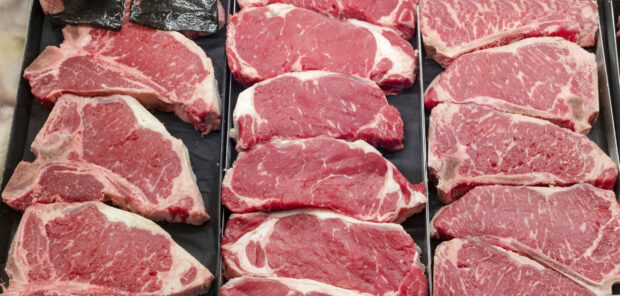HOME | ABOUT US | MEDIA KIT | CONTACT US | INQUIRE
HOME | ABOUT US | MEDIA KIT | CONTACT US | INQUIRE
HOUSING COSTS ARE THE REAL EYEBROW RAISERS, BUT THE COST STRUCTURES THAT MAKE KANSAS UNUSUALLY AFFORDABLE RUN ACROSS THE SPECTRUM.

Call it the Kansas Advantage—the ability to live a comfortable lifestyle, even on a wage well below coastal compensation rates. How? Because of a low cost of living that makes the Sunflower State one of the nation’s most affordable places to call home.
That plays out in various ways. For business—especially those maintaining offices on the more expensive coasts—it means the ability to acquire high-level talent at a significant discount. That’s a serious competitive advantage right there. For workers, it means taking a step off the hamster wheel of a progressive tax system; they are able to maintain a higher standard of living within a lower tax bracket, compounding the savings from a low-cost environment.
According to the ACCRA Cost of Living Index for 2022, Kansas ranked No. 3 nationwide for the lowest overall cost of living, behind only Mississippi and Oklahoma. Using 100 as a national average across six metrics, the index placed relative costs in Kansas at 87.5. In other words, for every $100 expended by residents nationwide, Kansans pay $87.50.
Keep in mind: That 100 baseline is a national average. Perhaps it’s unfair to compare life in Kansas with that experienced in, say, Hawaii or the nation’s capital, but the fact is, people in those locales are paying $184 (Hawaii) compared to the $87.50 figure here, and folks in Washington are paying $152.50.
Powering that performance is housing, a category where Kansas ranks behind only four other states for affordability. The ACCRA index assigns Kansas a score of 71.1 for housing, using that same 100 as a national average.
What’s that look like compared to other states? Well, consider Washington, D.C., the most expensive housing market in the lower 48 states. Census estimates for 2022 show the median home value in that market is $615,692. In Kansas? It’s about $157,000, per the Census, or $198,200, according to Zillow, which may be a closer reflection of true market conditions at the time.
In either case, housing in the nation’s capital easily runs three times what the average Kansan can expect to pay. And the factor is more than 2x in the states of Colorado, Washington, and Massachusetts.
Housing, though, isn’t the only factor creating that low-cost edge. Only four other states have lower overall cost-of-living metrics than Kansas, which also enjoys a No. 7 ranking for lowest grocery costs, a No. 14 ranking for transportation costs, and near rock-bottom at No. 4 for miscellaneous-item costs.
And in the two other ACCRA metrics—health care and utilities—the state still runs no worse than the middle of the pack: No. 25 for utilities, still below the national average, and No. 29 for health care, the only metric where Kansas runs higher than the national average, and just barely, at that.
Grocery costs (93.7 compared to 100) are held in check by virtue of living where a lot of the nation’s protein chain originates—cattle ranching, meat-packing, pork processing, poultry farms and processors—all have major operations in Kansas. Fresh avocados for your toast? Not so much, but with the savings on dietary pillars, there’s plenty left over to splurge.
Transportation costs overall (95.6 vs. 100) are comparatively low because people here tend to live near their work. It’s a measure of how spoiled Kansans are that, in the urban centers, a 20-minute commute in these parts and the gallon of gas consumed are considered impositions. But compare that to day-killing and pricey commuter rail options in the east and the often-insufferable highway conditions in the west.
The lone metric to exceed national averages does it by the narrowest of margins: 100.4 on health care, a tick over the 100 national mean.